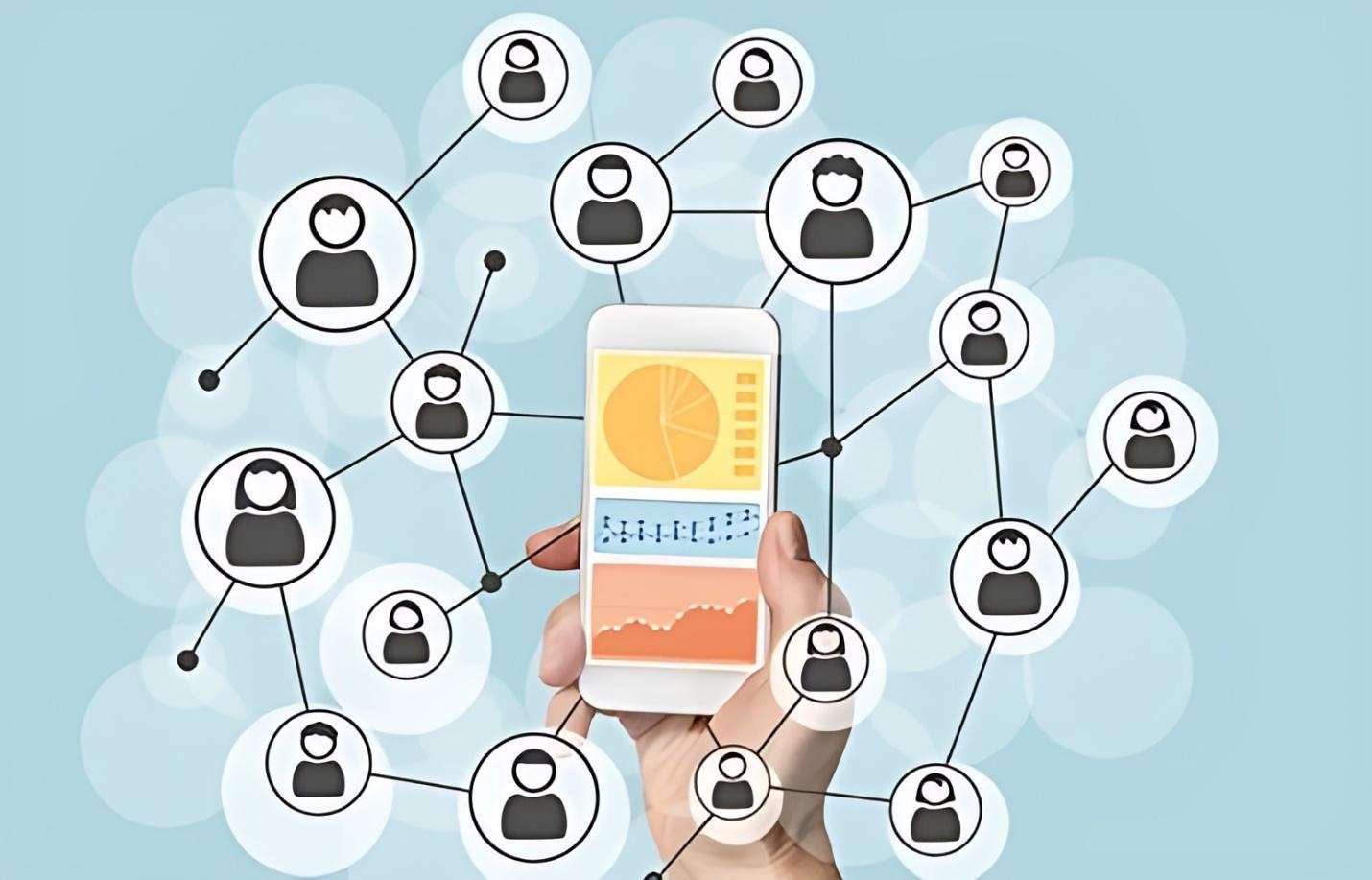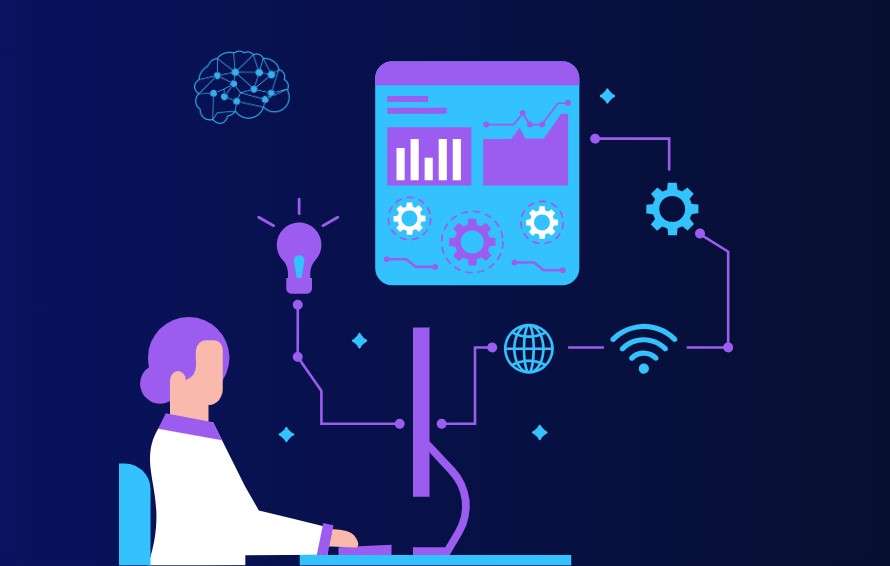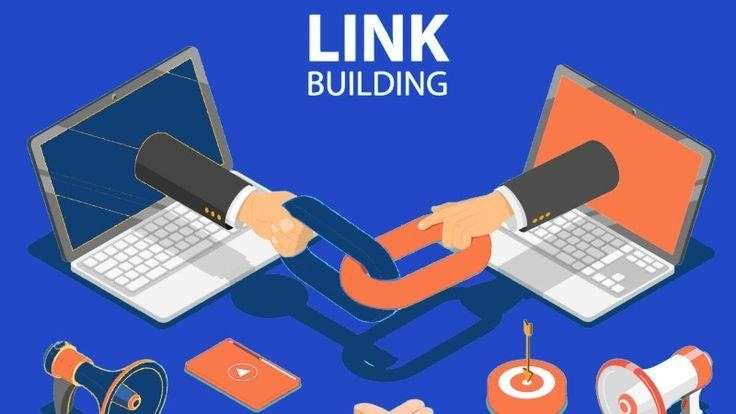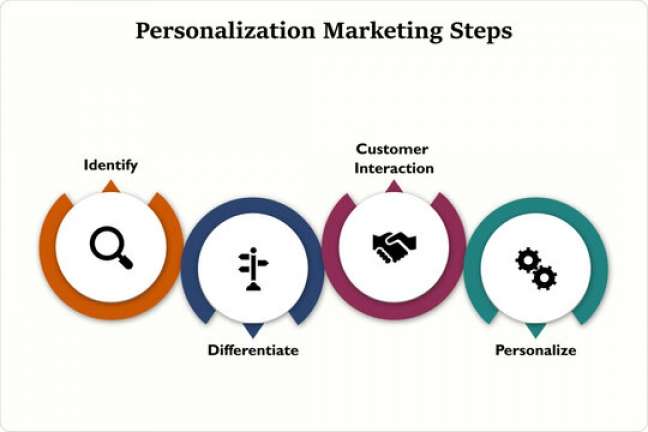Did you know? The technology we use every day can be used as evidence in court. Our posts on social media, emails sent or received – go into a digital footprint that could help law enforcement solve cases if needed! So how does it work? Keep reading to find out!
What is Digital Forensics?
Digital forensics refers to recovering and examining digital data to identify, preserve, analyze and present evidence in a court of law. It’s an essential tool for investigating crimes, gathering intelligence, and protecting against cyber threats.
Where It Proves Helpful:
Digital forensics is used in various settings, including law enforcement, intelligence, military, corporate and private investigations. It can help identify criminals and their activities, gather evidence for legal cases, find and track cyber threats, and protect against data breaches.
The Field of Digital Forensics:
The field of digital forensics is increasing, and many colleges and universities now offer degree programs in digital forensics. If you want to get your hands on one of these degrees, research what they have available for students interested! The degree requirements can vary depending on your country. In most cases, you’ll need to have a background in computer science or law enforcement. That’s right; many university programs offer courses to specialize in digital forensics. For instance, an online MS Cyberpsychology program can be the perfect fit for you.
A career in digital forensics can be exciting and challenging and offers many opportunities for professional growth.
How Does It Work?
Developing Policy and Procedure:
The first step in any forensic investigation is to develop a plan of action. It includes identifying the evidence that needs to be collected and deciding how it will be collected. It’s also essential to establish who will be responsible for each task, such as collecting data, preserving evidence, or conducting interviews.
Preservation of Evidence:
Once the evidence is collected, it’s vital to preserve it to use it in court. It involves ensuring that the evidence is not damaged or altered. For example, suppose you’re collecting data from a computer. In that case, you need to ensure that the data is not changed or deleted while being copied.
The types of evidence include digital media files, which can be easily damaged or destroyed. In these cases, it’s essential to take steps to protect them from damage or destruction. One way to do this is by copying the evidence and storing the document in a safe place.
Interviews:
One final step in an investigation is to interview suspects and witnesses. It can help investigators gather more information about the case and identify potential suspects.
Collecting Digital Devices:
Digital devices are present in just about every office and home. They include computers, laptops, phones, tablets, storage media, and other electronic devices. To conduct a digital forensic examination of these devices, the examiner must have the legal authority to collect them. They need a search warrant or court order specifying to seize the devices.
Conducting Analysis:
Who Performs a Digital Forensic Examination?
A digital forensic examiner is a certified professional who has completed an accredited degree program and has the necessary experience in the field. The examiner will analyze data on electronic devices to find evidence used in legal proceedings.
How Does a Forensic Analyst Go About Finding Evidence?
The analyst begins by examining the device for any deleted files or folders. They then search for incriminating emails, texts, pictures, and videos. If the criminal used the device to access the internet, the analyst would examine browser history and cookies. Finally, they will check the device’s registry for any clues.
Performing Analysis: Where is it done?
There are a few ways of doing digital forensics analysis. The most common way is to perform the research on the device itself. However, analysts can also create images of the device for further examination.
Real-Life Examples:
Digital forensic analysis is applicable in many real-life situations. Here are a few examples:
• A company suspects that its employees are emailing confidential information to competitors. The digital forensics team examines the employees’ computers for evidence.
• Police investigating a homicide need to search the suspect’s computer for clues.
• A victim of identity theft wants to see if the thief accessed their personal information online.
The Advantages of Digital Forensics:
There are many advantages to using digital forensics:
- It helps recover deleted files or data that has been encrypted or hidden.
- It can help track down criminals who use technology to cover their tracks.
- It can help in proving who was responsible for an online crime.
What is Anti-Forensics?
Sometimes people try to destroy or hide evidence by using anti-forensics techniques. Anti-forensics refers to methods or tools used to prevent forensic analysis. Some standard anti-forensic methods include:
- Deleting files permanently so that recovering them is impossible
- Encrypting data so that no one can read it
- Hiding files in obscure locations on the computer’s hard drive
- Overwriting data with new information to prevent restoration
What Are Some Digital Forensic Tools?
There are several different digital forensic tools that investigators can use to collect and analyze evidence. Some of the most common tools include:
- Data recovery tools: These tools can restore deleted files or overwritten data.
- File carving tools: These help extract files from damaged or corrupted media.
- Network analysis tools: These tools can capture and analyze network traffic.
- Malware detection tools: This helps detect and remove malware from infected systems.
- Steganography detection tools: These detect hidden messages in images or audio files.
The skills required for digital forensics are in high demand, and the job outlook is excellent. With a degree in digital forensics, you could have an exciting and challenging career.
Related Post: 3 Ways Digital Marketing Can Improve Your Business
Conclusion:
Digital forensics helps in gathering and analyzing evidence from a crime scene. It is an integral part of the investigation process.
Modern forensics techniques are very sophisticated and provide a wealth of data applicable as evidence in court. They allow us to recover deleted files, track down internet activity such as website visits or emails written by an unknown person using your computer’s personal information without permission, and much more!
















